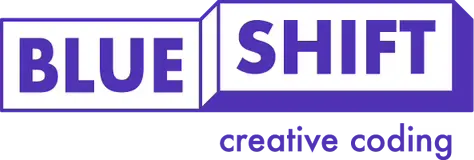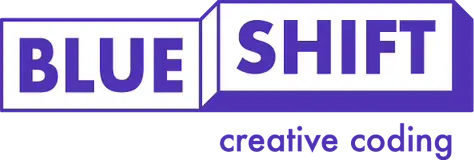What is STEAM?
In recent years STEM has really taken off. It is important because our world depends on it. The economy, the way we communicate, even culture and politics—it’s all backed by science, technology, engineering, and maths. Thus, when we refer to STEM, it’s not just staring at a screen and lab coats. It’s the foundation for transport, food production, health care, and so much more that we often take for granted. You only have to look at some of the biggest companies to see this—Google, Amazon, Apple, Facebook, and Microsoft all heavily rely on STEM. And yet, despite this, according to the Institution of Mechanical Engineers in 2018 there was a shortfall of 173,000 STEM based jobs across the country that were yet to be filled, costing the economy £1.5bn a year.
A large reason for this is that we are not considering the importance of developing a well-rounded STEM education - particularly for children of a young age. Getting kids to focus on certain aspects of STEM such as algebra and the scientific method can be difficult, whilst more engaging experiments and applications are often expensive and difficult to implement. Yet without teaching STEM to our youngsters we are missing a valuable opportunity to prepare them for an increasingly scientific and technological world. This presents a unique problem—how do we create a healthy education that prepares our children for their future careers whilst still giving them the freedom to develop and grow in their own personal, individual ways?
It is now common knowledge that young children soak up teaching and new skills like sponges—but only when they are engaged and willing to learn. Increasingly, as a result of this we are seeing a movement away from purely STEM learning, with increased use of the acronym STEAM (Science, Technology, Engineering, ART, and Maths). The logic is that by adding artistic, creative facets to the traditional STEM curriculum, children are able to apply the skills and knowledge with their own two hands. Using their imagination, it is argued, allows children to visualise how their learning impacts the real world. Furthermore, it gives kids the chance to have fun with these subjects, as well as showing how STEM is not a standalone aspect but is linked with culture and society.
Here at blue{shift} we place this STEAM concept at the centre of our mission. We believe that children should learn to be tech-savvy so they are prepared for an ever-evolving world, where coding and robotics is only becoming more and more prevalent in everyday lives. Equally, we believe that by learning code in a creative, engaging way provides the soft-skills that help contribute to that well-rounded development blue{shift} strives for. In this sense, then, our lessons take a STEAM education as their base and look to expand coding and robotics through hands-on tasks. We do this through our curriculum (where all of the content and activities are geared towards putting children in control of their own learning) and our teaching (where teachers encourage and help, rather than demonstrate and lecture). Here at blue{shift} children are given the chance to see and learn how Science, Technology, Engineering, Art, and Maths can be used to create awesome results.






